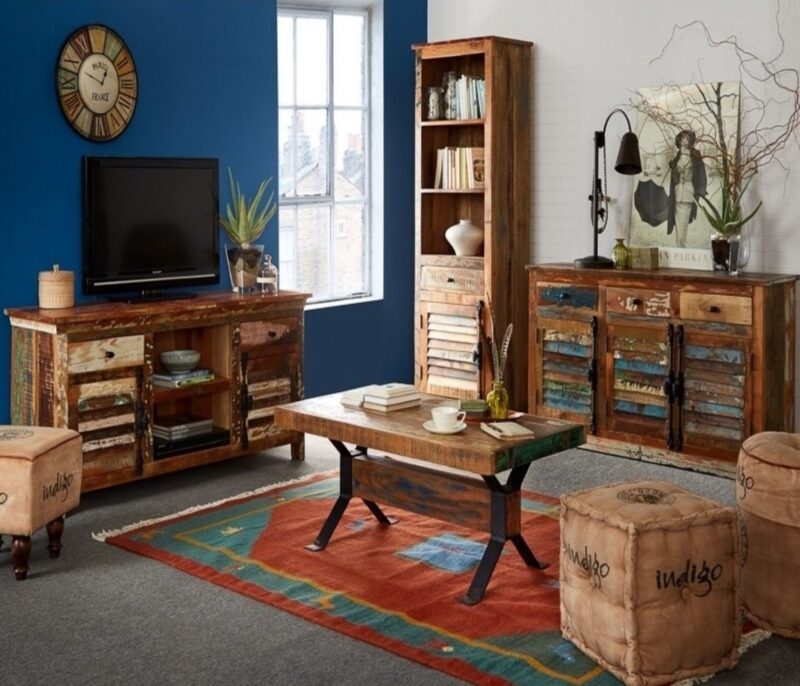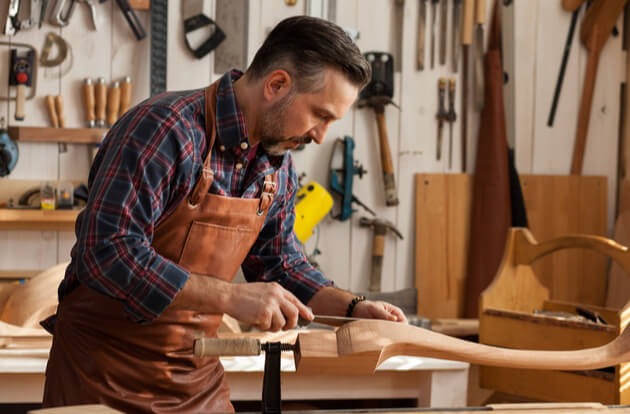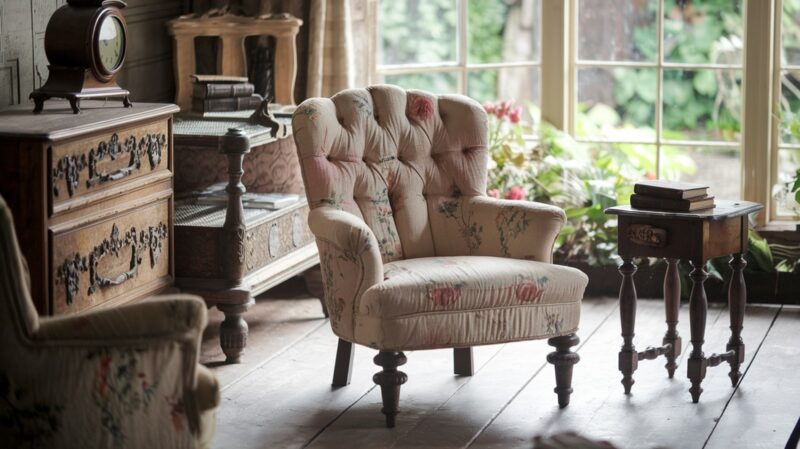Furniture is more than just something we use every day; it carries memories, history, and often a sense of identity.
From antique dressers to classic dining tables, each piece has its own story. But over time, wear and tear can take away from its beauty and usefulness. That’s where restoration comes in.
Restored furniture is not only about repairing damage, but also about breathing new life into pieces so they can continue to be loved and used for years to come.
Why Choose Restored Furniture

In an era where fast furniture and mass production dominate, restored furniture offers a more sustainable and meaningful alternative.
Instead of discarding old or damaged items, restoration allows people to retain quality craftsmanship while reducing waste.
Many older pieces were built to last, using solid wood and traditional joinery techniques that are hard to find in modern, cheaper alternatives.
By choosing restored items, homeowners benefit from:
- Quality: Vintage and antique furniture often uses superior materials compared to modern equivalents.
- Sustainability: Restoring reduces landfill waste and avoids the environmental cost of new production.
- Character: Every piece has a unique history, adding charm and personality to a home.
The Restoration Process
Restoring furniture is a skilled craft that goes beyond simple repairs. The process often includes:
Cleaning and Preparation
Before any work begins, old finishes, dirt, or polish are removed to reveal the original surface. This stage helps identify the condition of the wood and any hidden damage.
Repairs and Structural Work

Joints, legs, or drawers may need reinforcing or replacing. Craftsmen carefully maintain the original design while ensuring the piece is structurally sound.
Refinishing and Polishing
Depending on the style and preference, the furniture can be sanded, stained, or painted. Traditional finishes like French polishing or modern coatings can enhance the appearance and durability.
Upholstery Renewal
For chairs or sofas, restoration often includes replacing or repairing fabric and padding, giving them both comfort and style.
Each step requires attention to detail, ensuring the furniture retains its original character while meeting modern functional needs.
Restored Furniture in Interior Design

More homeowners and designers are embracing restored pieces as focal points in their interiors. Unlike mass-produced furniture, restored items often bring a one-of-a-kind feel to a room. For example:
- A restored oak dining table can serve as the heart of a family kitchen.
- A vintage armchair with new upholstery can add charm to a modern living room.
- Antique wardrobes or sideboards can create statement storage pieces.
By mixing restored furniture with contemporary elements, interiors gain warmth and individuality, offering a balance of old and new.
The Sustainability Advantage
Environmental concerns are leading many people to rethink how they furnish their homes. Restoring furniture contributes to a circular economy — keeping resources in use for as long as possible. Instead of cutting down more trees or producing energy-intensive materials, existing furniture is renewed, reducing the carbon footprint of interior design.
This makes restored furniture an eco-friendly choice for conscious consumers who value both style and sustainability.
Investing in Restored Furniture

Restored pieces are not just practical; they can also be an investment. Antique furniture, when restored properly, can increase in value over time. Even mid-century modern items are now sought after, and high-quality restoration can preserve and enhance their worth.
For homeowners, buying restored furniture is often more affordable than purchasing brand-new designer items while still achieving a high-end look and feel.
Restored Furniture Services
Whether it’s a family heirloom that needs careful attention or a market find you want transformed, skilled restorers can tailor their approach to your needs.
Services often include complete restoration, refinishing, reupholstery, and even custom alterations to suit modern use.
Professionals in this field combine traditional craftsmanship with modern techniques, ensuring every piece is treated with care and expertise.
For anyone looking to bring new life to beloved furniture or invest in unique, sustainable pieces, restored furniture is an excellent option that combines history, craftsmanship, and practicality.
Conclusion
Restored furniture goes beyond simple repairs — it’s about preserving heritage, reducing waste, and adding unique character to living spaces.
As consumers continue to look for quality and sustainability, restoration has become a valuable solution.
From antique treasures to vintage finds, the art of restoration ensures that furniture remains functional, stylish, and meaningful for generations to come.
By choosing restoration over replacement, you not only invest in craftsmanship but also take a step toward a more sustainable and individual home.

